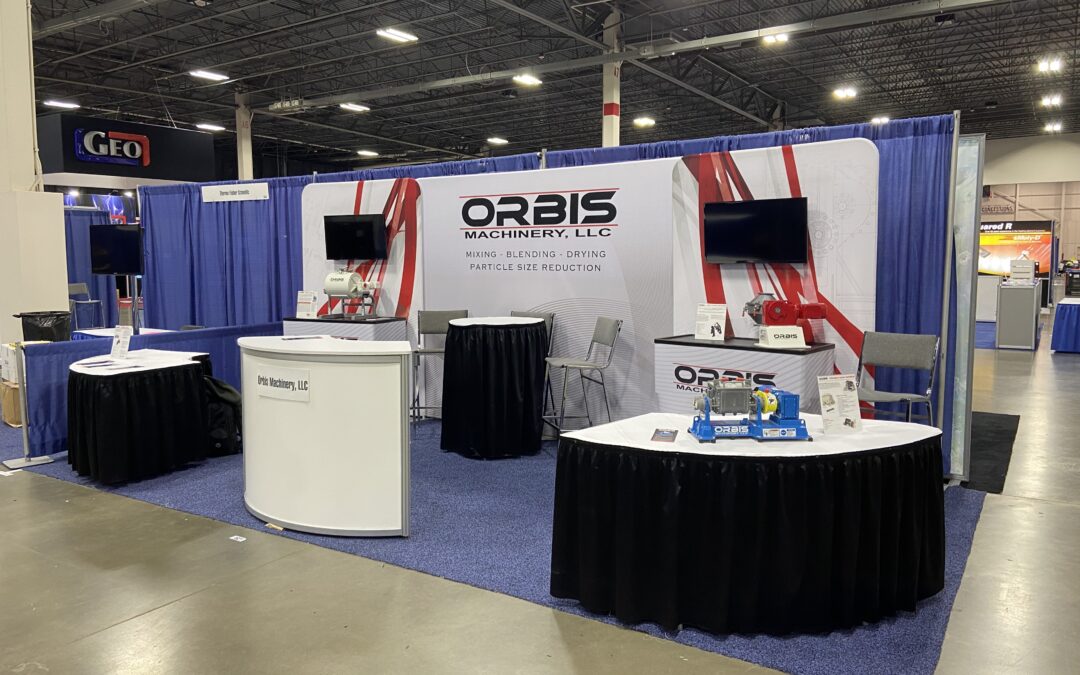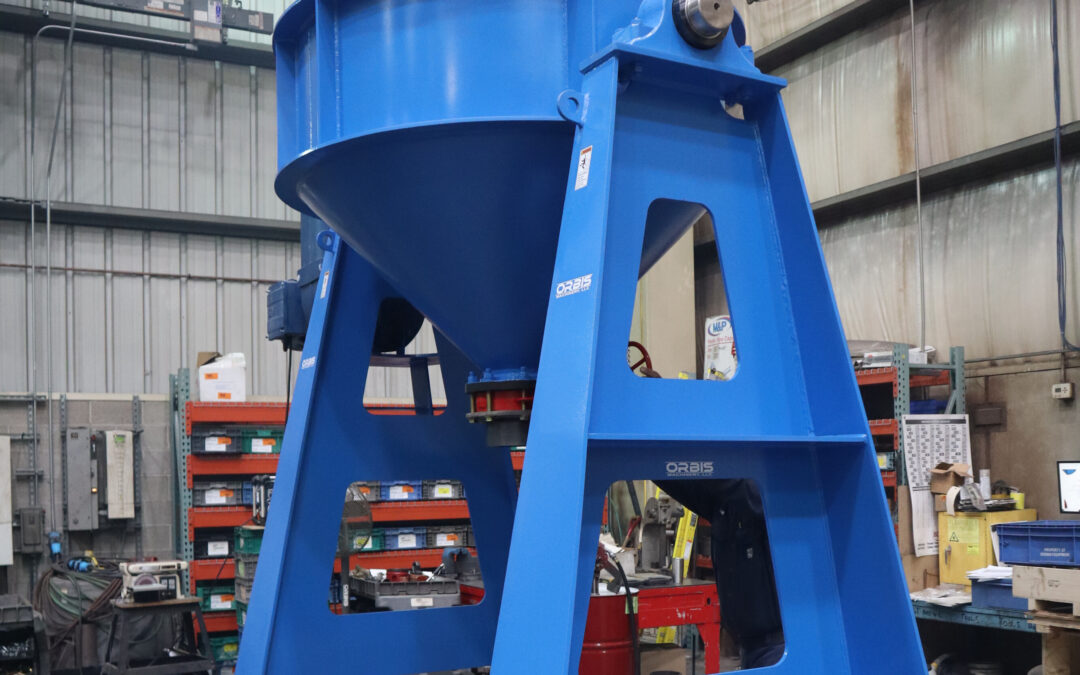In our world today, it is difficult to overlook the high level of food allergy occurrence. Even though most of the consumers may not quickly react when they come in contact with contaminated food products, the remaining few who are highly sensitive might have severe medical complications which could eventually result in the death of those individuals. This high level of food allergy occurrence has made the government enforce some regulations on manufacturers, such as; proper labeling of food packages, active monitoring of finished goods for allergens of main concern. The increased commercialization of processed foods is as a result of consumer’s willingness to adapt to the rapid growth in modern lifestyle. In order to make the food products last longer and reduce processing time, lots of changes have been made to the normal way foods are produced.
The use of machines by manufacturers to produce food in bulk and on time has added more ingredients to the current industrial recipes for processed foods. Most of these ingredients are complex formulations which are also known as food allergens. The US Food and Drug Administration has been able to point out 8 food ingredients that cause most food allergic reactions. Foods such as; tree nuts, wheat, milk and its products, crustaceans, mollusks, fish, legumes like soy and peanuts, and eggs.
To reduce the risk of exposure to allergens, it starts with the Manufacturer. Bulk food manufacturers are required to be able to know and formulate plans to manage unknown allergens.
During ingredients or raw materials purchase, the manufacturer should ensure that all storage containers reused are well sanitized. Also, the manufacturer must review an ingredient before substituting and also ensure that the materials purchased are well labeled in case they contain an allergen.
Their manufacturing processes must be evaluated, that is, the production process must be well monitored from the starting point which is the receipt of the raw materials to be used up to the end product, this will help determine the possible points of contamination and a solution is to ensure that the products are well sealed.
Periodic cleaning and swabbing of important parts of the equipment should be implemented to make sure that the parts are free of allergens. Good lighting of the work area and adherence to practices like hand washing by employees, especially after handling a product that contains allergens and change of work apron will go a long way to reduce exposure of food to allergens. The floor or drain should not be left out as they are classified as high-risk areas in a food production industry. They can easily accommodate product residues which can contain allergens and these allergens can be transferred to the next line of food production if not properly cleaned.
Segregation of areas of production and storage of food and food ingredients that contains these allergens or scheduling time for making allergenic products is also effective.
Also, their employees should be well trained on the risks associated with allergens. Employee training should include the definition of allergens with their examples and the consequences that come with the ingestion of these allergens. The training should be done in different ways and there must be follow-ups to make sure that the employees understand why it is important to prevent cross-contamination. Good knowledge of the adverse effect of an allergen to consumers will emphasize the importance of adopting suitable control measures.
Manufacturers should invest in new and high-quality equipment to reduce the risk of cross-contamination of food products. By doing this, it shows that the manufacturing company is taking the allergen risks in food processing serious and is working towards reducing those risks associated with the manufacturing environment.



